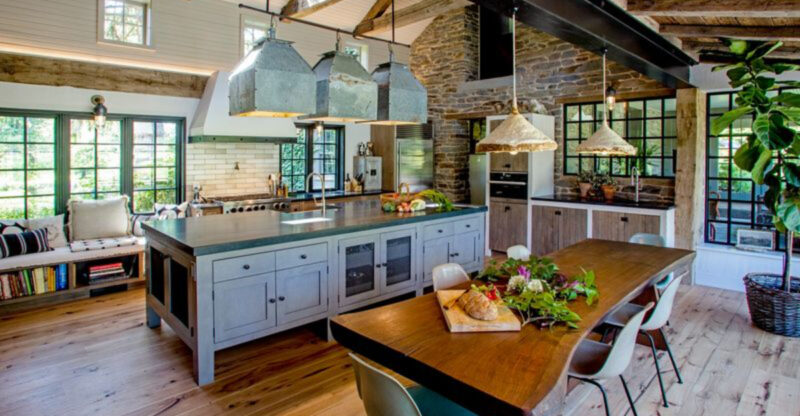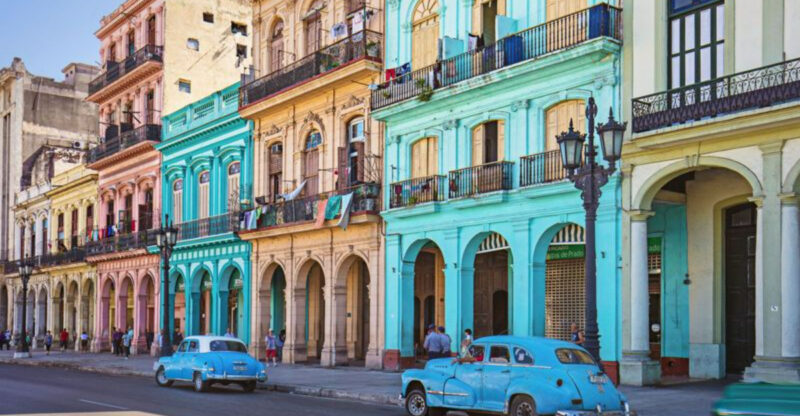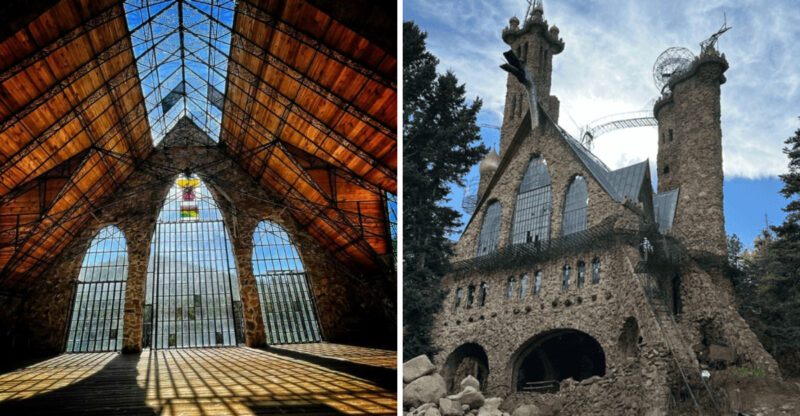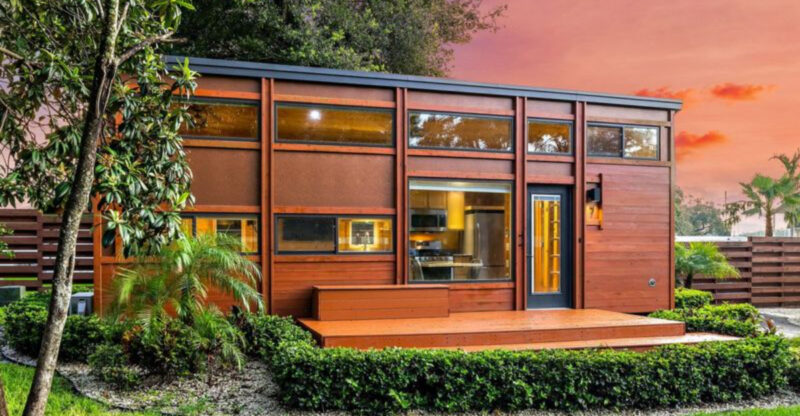These 22 Home Types Could Be More Affordable By The End Of 2025
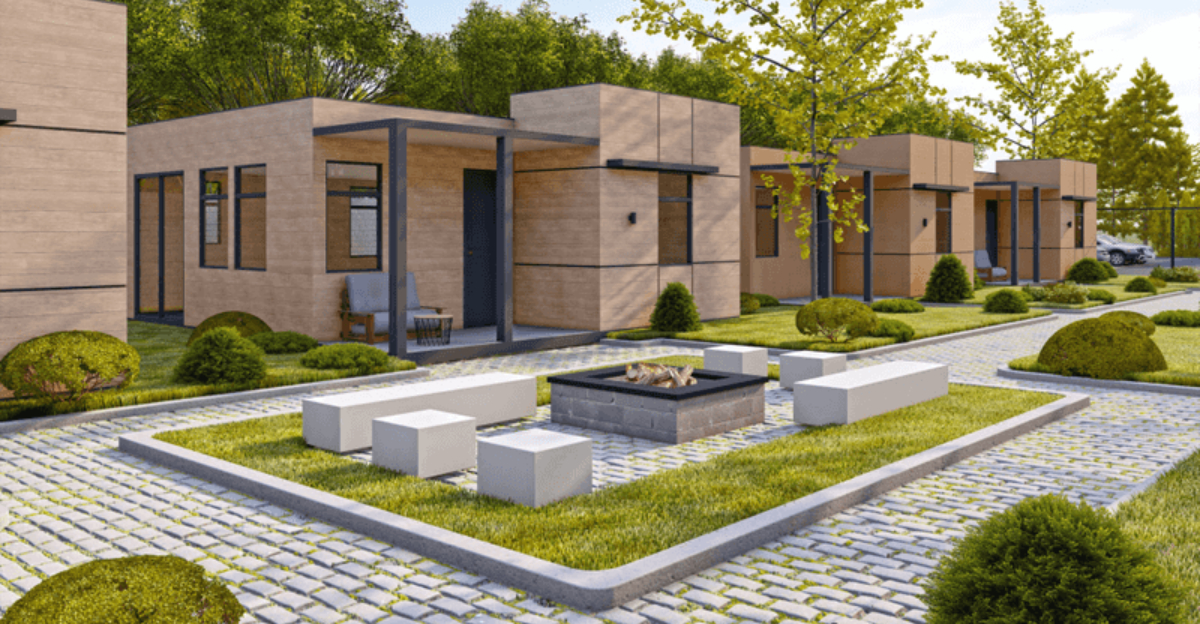
After years of sky-high prices and fierce bidding wars, the housing market may finally be ready to catch its breath. As buyer behavior shifts, interest rates stabilize, and inventory slowly rises, certain types of homes are poised to become more affordable.
Whether you’re a first-time buyer or looking to make a smart investment, now’s the time to pay attention – some long-overlooked properties could soon turn into surprising opportunities.
1. Tiny Houses
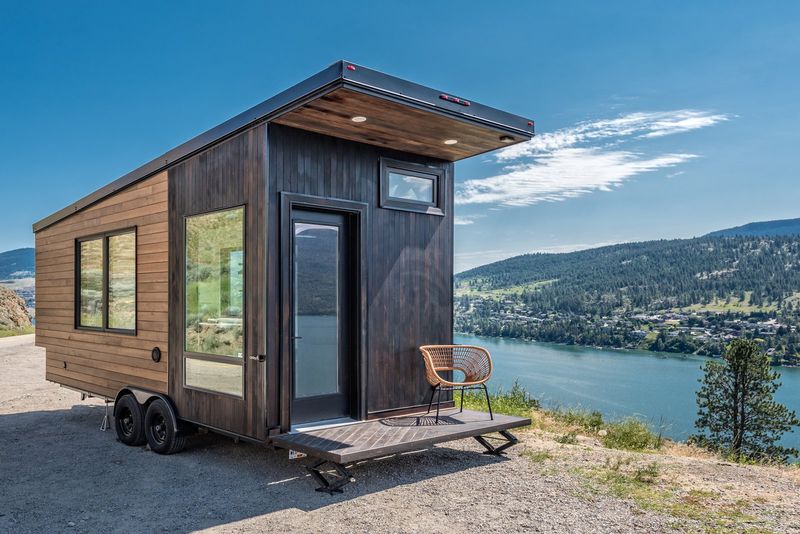
Already budget-friendly compared to traditional homes, these compact dwellings may become even more accessible. Tiny houses are gaining mainstream acceptance as municipalities update zoning laws to accommodate them.
Manufacturing efficiencies and increased demand could drive prices down further. Perfect for minimalists, first-time buyers, or those wanting to reduce their environmental footprint while saving money.
2. Manufactured Homes

Factory efficiency meets housing needs in these prefabricated dwellings. Manufactured homes have shed their outdated reputation and emerged as quality housing options with modern designs and amenities.
Production scaling and technological improvements are driving costs down. These homes offer significant savings compared to traditional construction while providing customization options that appeal to budget-conscious buyers seeking personalization.
3. Container Homes
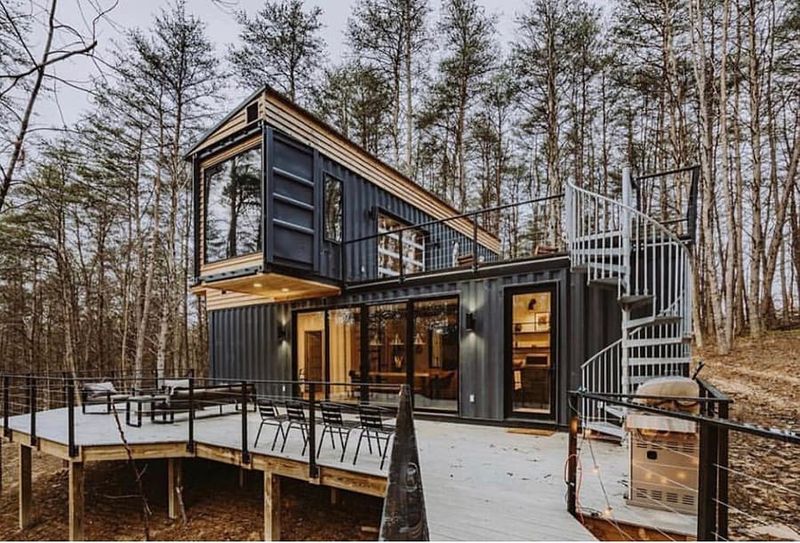
Shipping containers transformed into stylish abodes represent innovation in affordable housing. The supply chain disruptions that drove container prices up are expected to stabilize, making these unique homes more accessible.
Builders have refined construction techniques for these eco-friendly alternatives. Container homes offer industrial chic aesthetics with surprisingly comfortable interiors, appealing to environmentally conscious buyers looking for affordable yet distinctive housing options.
4. 3D-Printed Houses

Revolutionary construction technology is reshaping housing affordability. As 3D printing technology matures and becomes more widespread, the cost of these innovative homes is projected to decrease significantly.
Construction times can be slashed from months to days. These futuristic dwellings offer remarkable durability and energy efficiency while dramatically reducing labor costs, making homeownership possible for those previously priced out of traditional markets.
5. Townhouses
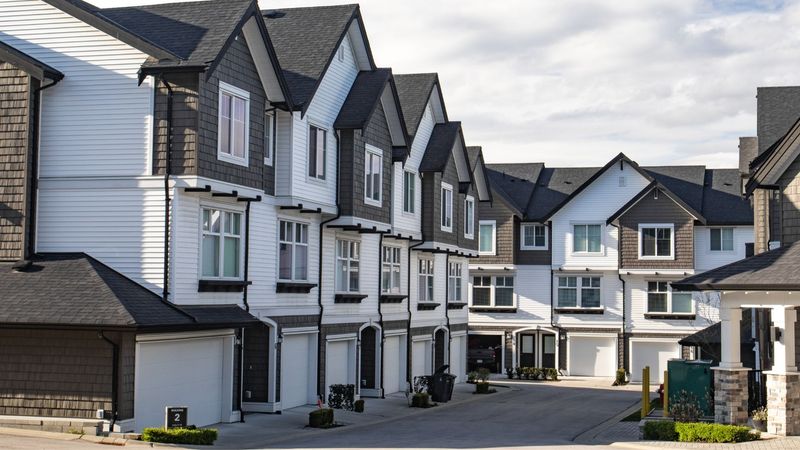
Vertical living meets affordability in these space-efficient options. Market analysts predict a surge in townhouse construction as developers respond to land scarcity in desirable areas.
Shared walls reduce building costs and improve energy efficiency. Townhouses offer an attractive middle ground between single-family homes and condos, providing private outdoor space and multiple floors without the premium price tag of detached properties in the same neighborhoods.
6. Rural Properties
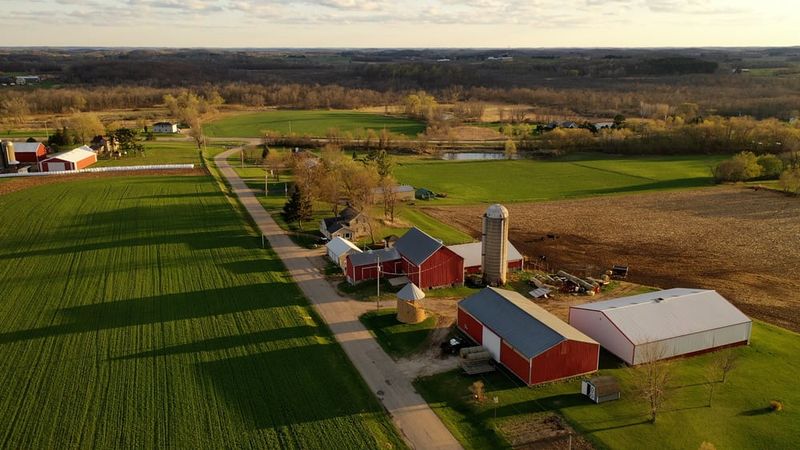
Country living could become more accessible as remote work reshapes housing preferences. Many rural areas are experiencing population declines, creating buyer-friendly market conditions with lower competition and prices.
Improved rural internet infrastructure makes these locations more viable for professionals. Properties offering land and privacy might become increasingly affordable options for those willing to trade urban convenience for space and potentially lower costs of living.
7. Condominiums
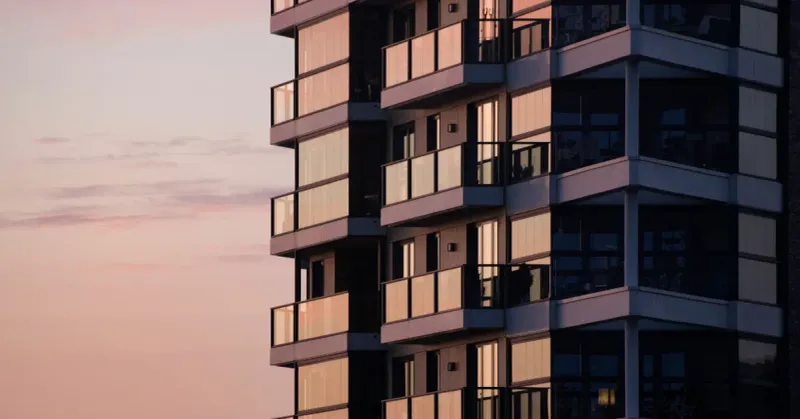
Market corrections could make these shared-ownership properties more attainable. Oversupply in some urban markets is expected to put downward pressure on condo prices, especially in areas that saw rapid development.
First-time buyers may find opportunities in this segment. Condos offer amenities like fitness centers and security while eliminating exterior maintenance responsibilities, making them particularly attractive to young professionals and empty nesters seeking simplified living.
8. Modular Homes

Factory precision meets customization in these sectional dwellings. Modular construction is gaining momentum as builders refine processes to reduce waste and improve efficiency, translating to cost savings for buyers.
Quality control standards often exceed site-built homes. These factory-constructed sections are transported to the building site and assembled quickly, reducing labor costs while offering design flexibility that appeals to style-conscious buyers seeking value without compromise.
9. Fixer-Uppers
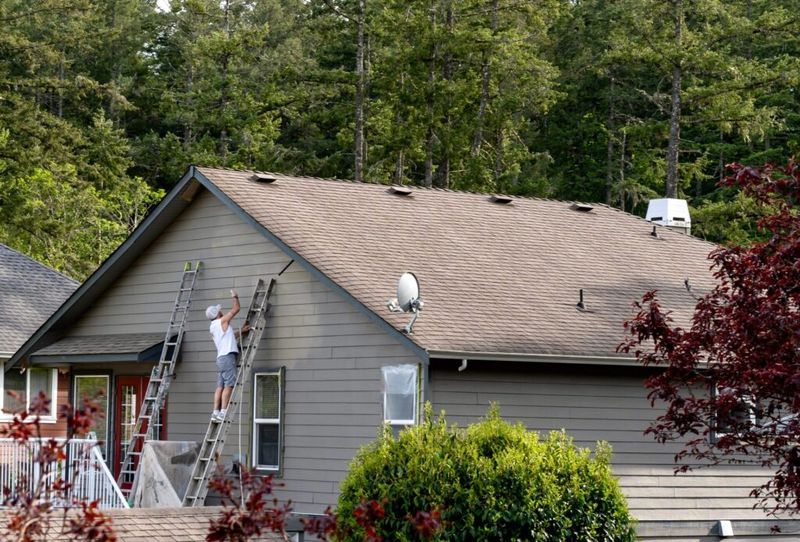
Diamond-in-the-rough properties could become bargain opportunities. Higher interest rates have cooled the renovation frenzy, potentially leaving more fixer-uppers available at attractive price points for patient buyers.
Labor and material costs may stabilize by 2025. These homes offer instant equity potential for those willing to invest sweat equity or manage contractors, especially in established neighborhoods where renovated homes command premium prices once improvements are completed.
10. Co-Housing Communities
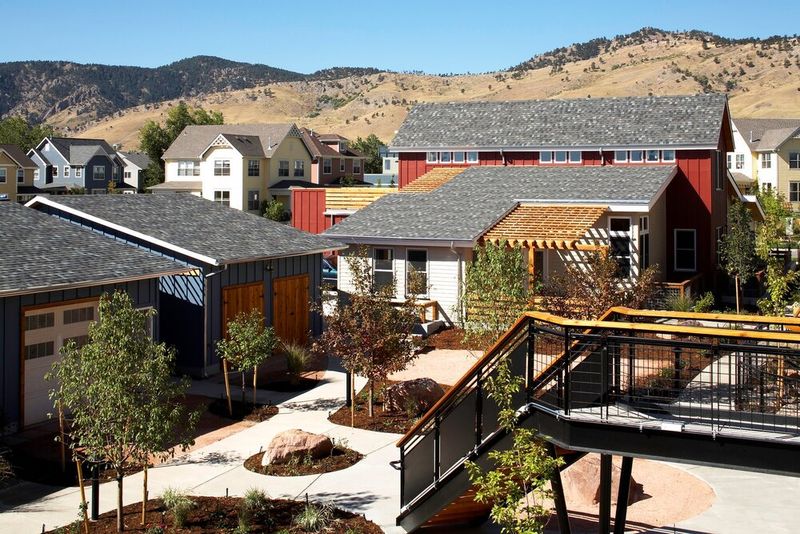
Shared resources create affordability in these intentional neighborhoods. The co-housing model reduces individual housing costs through communal spaces and shared amenities while preserving private living quarters.
Economic pressures are driving interest in collaborative living arrangements. These communities offer built-in social connections and resource sharing that appeal to various demographics, from young families to seniors seeking both affordability and community connections in an increasingly isolated world.
11. Dome Homes
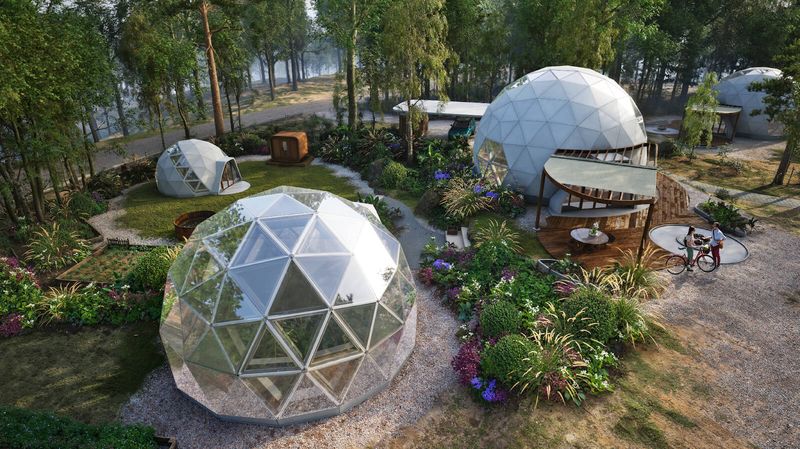
Geometric efficiency creates surprising affordability in these unique structures. Dome homes require fewer building materials than conventional houses while offering superior strength and energy efficiency.
Manufacturing improvements are making components more accessible. The distinctive curved design maximizes interior space while minimizing surface area, resulting in lower heating and cooling costs that enhance long-term affordability for environmentally conscious buyers seeking unconventional yet practical housing solutions.
12. Accessory Dwelling Units

Backyard cottages and garage conversions offer affordable housing solutions. More municipalities are relaxing zoning restrictions to permit these income-generating additions on existing residential properties.
ADUs create housing without requiring new land purchases. These compact secondary homes can serve multiple purposes – housing family members, generating rental income, or providing affordable options in established neighborhoods where traditional homes might otherwise be financially out of reach.
13. Prefab Eco-Homes
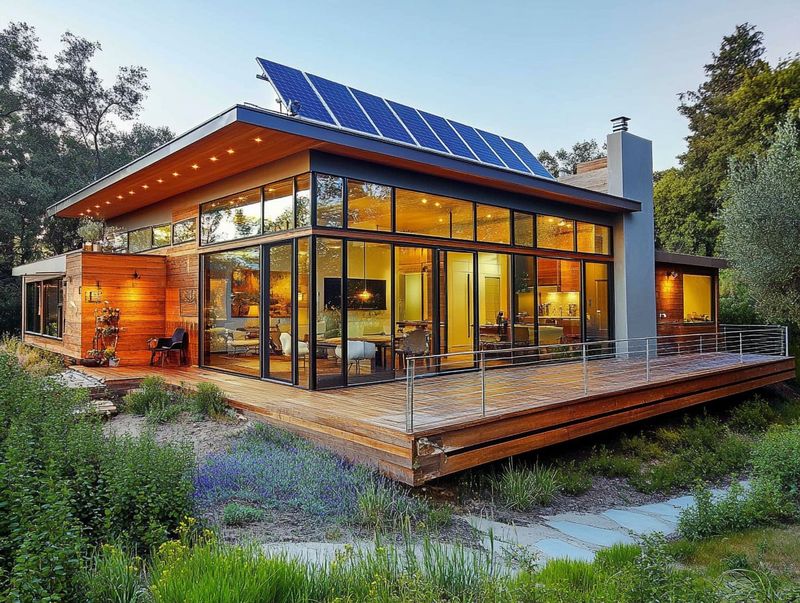
Sustainability meets affordability in these factory-built green dwellings. Mass production of eco-friendly components is driving down costs while maintaining environmental benefits and energy efficiency.
Prefab eco-homes often feature standardized designs that reduce construction waste. These environmentally conscious options incorporate solar readiness, superior insulation, and resource-efficient systems that lower utility bills, enhancing long-term affordability while appealing to increasingly climate-aware homebuyers.
14. Suburban Ranch Homes
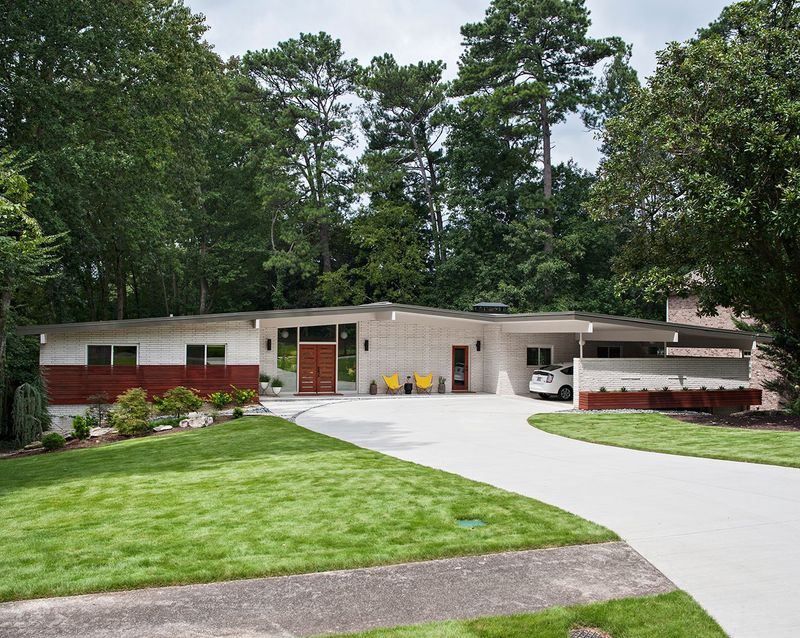
Single-story living could become more attainable as market preferences shift. Many baby boomers are downsizing from larger homes, potentially increasing the supply of these practical dwellings.
Ranch homes offer accessibility advantages with no stairs. The simple rectangular footprint makes these homes relatively affordable to build and maintain, appealing to both aging populations and young families seeking practical layouts with potential for future updates.
15. Cottage-Style Homes
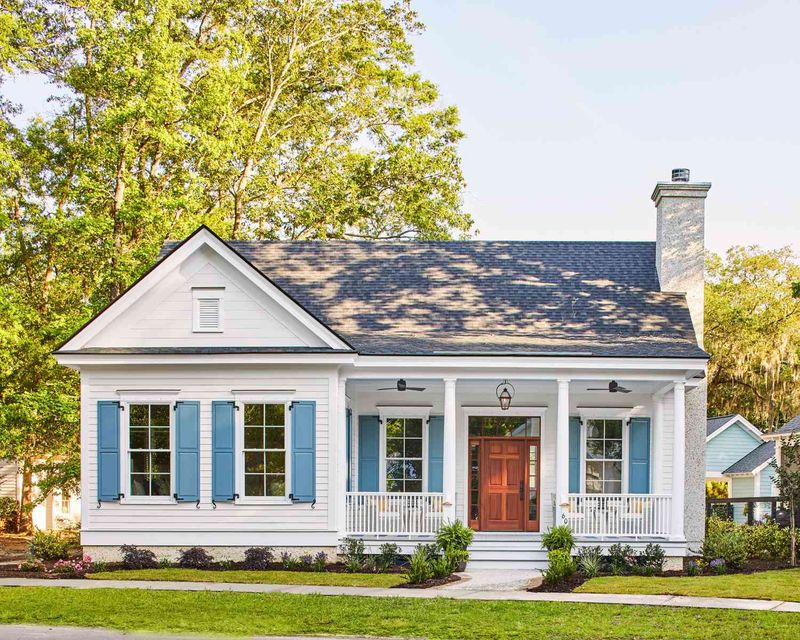
Charming smaller footprints offer big affordability advantages. These compact dwellings maximize space efficiency while minimizing construction and maintenance costs through thoughtful design.
Cottage developments are gaining popularity in many communities. The cozy aesthetic and manageable size appeal to downsizers and first-time buyers alike, offering architectural character without the premium price tag often associated with larger custom homes in desirable neighborhoods.
16. Semi-Detached Duplexes
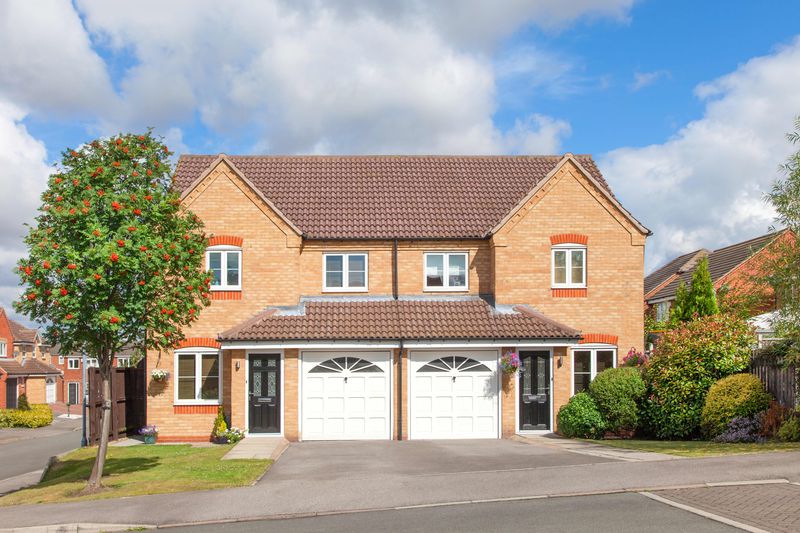
Shared walls create mutual savings in these two-unit dwellings. Construction costs are reduced through common structural elements while maintaining the feel of a single-family home.
Duplexes offer potential rental income opportunities. These versatile properties allow owner-occupants to offset mortgage costs by renting the second unit, making homeownership more accessible while providing additional affordable housing units in established neighborhoods.
17. Barndominium Conversions
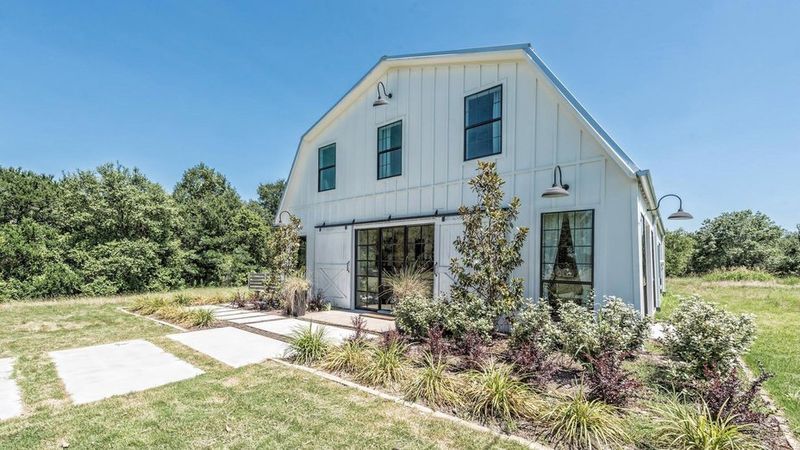
Rural chic meets budget-friendly construction in these barn-inspired homes. The simple, open structure of metal buildings provides cost advantages while offering tremendous interior flexibility.
Barndominiums require less specialized labor to construct. The industrial aesthetic has gained mainstream appeal, with exposed beams and open floor plans creating dramatic living spaces at a fraction of traditional construction costs, especially appealing in rural and semi-rural areas.
18. Garage Conversions
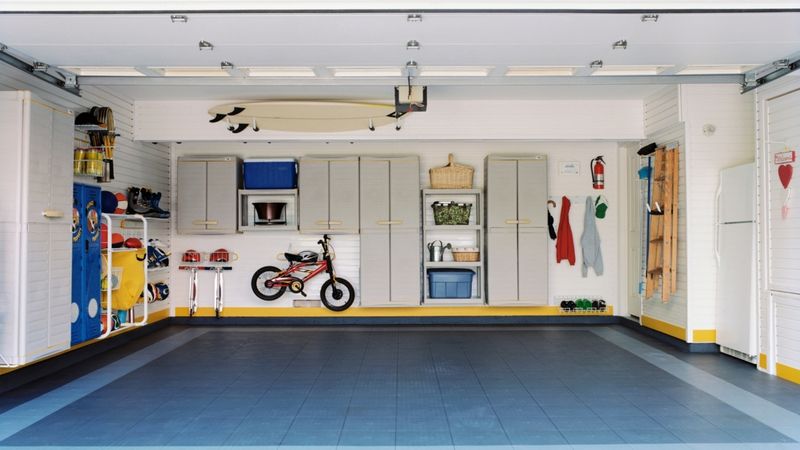
Repurposed parking spaces create instant affordable housing. Converting existing garages into living space eliminates foundation and framing costs while utilizing already developed property.
Zoning changes are making these conversions easier in many areas. These transformations offer budget-friendly housing solutions in established neighborhoods, particularly appealing in regions with mild climates where outdoor parking is feasible year-round.
19. Pocket Neighborhoods
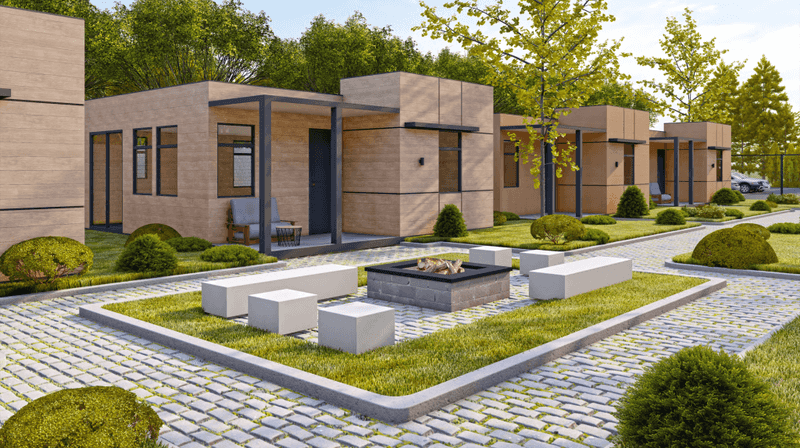
Clustered small homes create community-focused affordability. These intentionally designed micro-neighborhoods feature modest-sized dwellings arranged around shared green spaces instead of large private yards.
Density without high-rises keeps costs reasonable. Pocket neighborhoods offer a middle ground between isolated suburban living and urban apartments, fostering connection while reducing individual housing costs through efficient land use and thoughtful community design.
20. Earth-Sheltered Homes
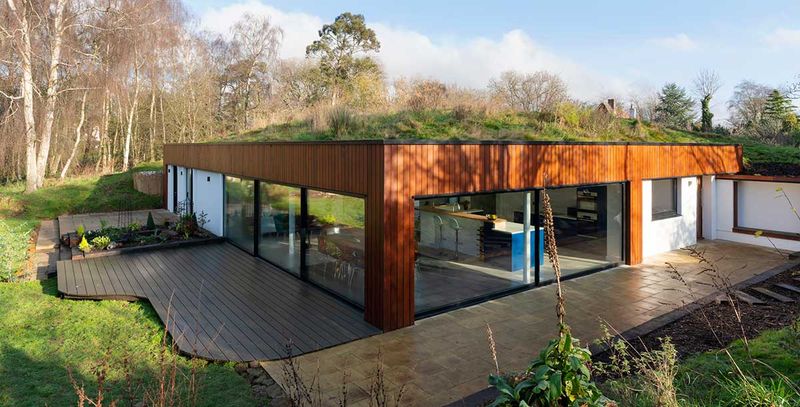
Underground efficiency creates surprising affordability benefits. Earth-sheltered designs use the ground’s natural insulating properties to dramatically reduce energy costs while providing protection from extreme weather.
Construction techniques have improved significantly in recent years. These homes offer remarkable durability with minimal exterior maintenance, translating to long-term affordability despite higher initial construction costs, particularly appealing in regions with temperature extremes.
21. Courtyard Homes
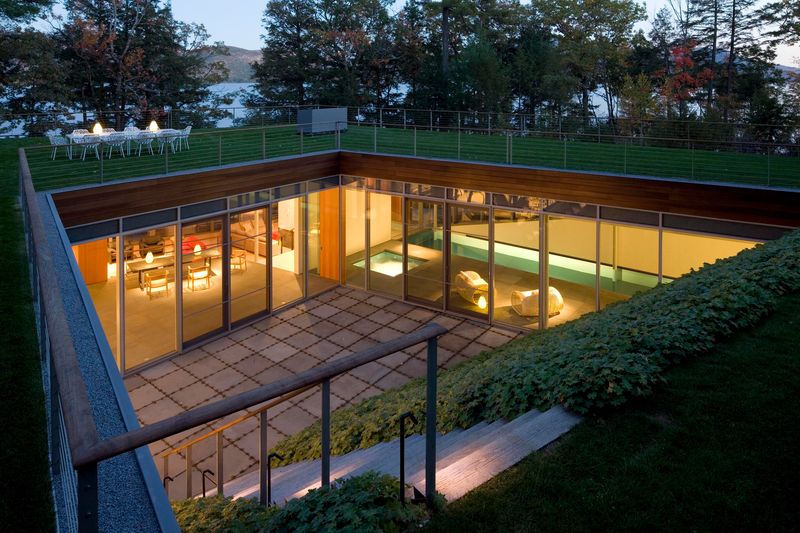
Ancient design principles create modern affordability in these inward-focused dwellings. The courtyard layout maximizes privacy while minimizing street-facing windows, reducing construction costs on narrow or challenging lots.
These homes often require less land than conventional designs. The central outdoor space brings natural light to interior rooms while creating a private oasis, offering urban dwellers a connection to the outdoors without the premium price of large yard properties.
22. Floating Homes
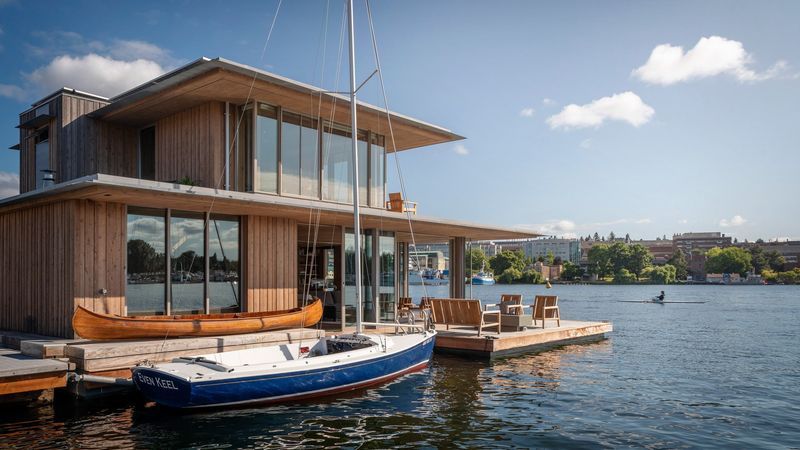
Waterfront living without waterfront prices could become more accessible. Innovations in floating foundation technology and manufacturing are making these unique dwellings more affordable to construct and maintain.
Climate adaptation is driving interest in amphibious housing. These distinctive homes offer resilience against flooding while providing water views and lifestyle benefits, potentially at lower price points than traditional waterfront properties as production scales to meet growing demand.

